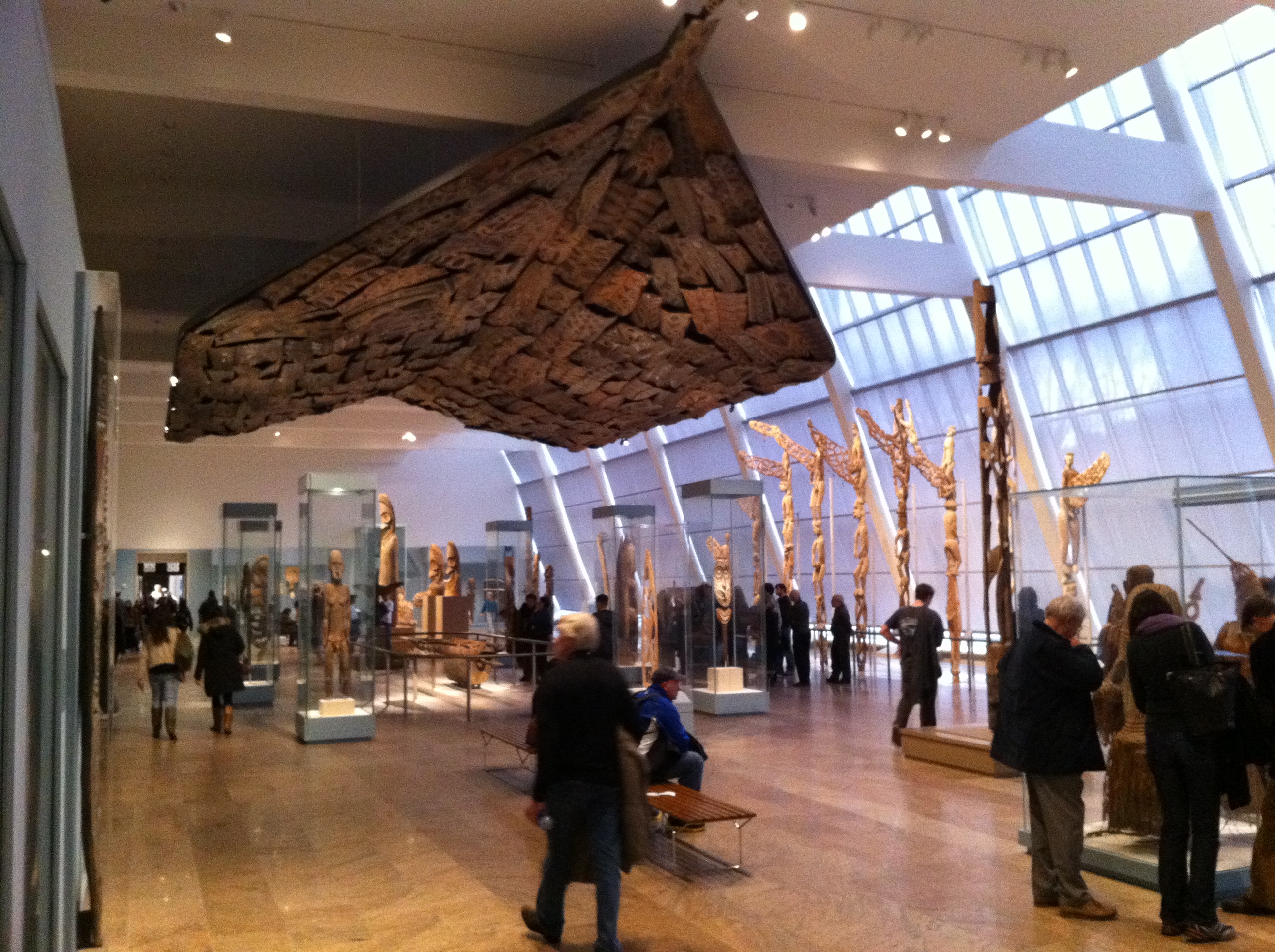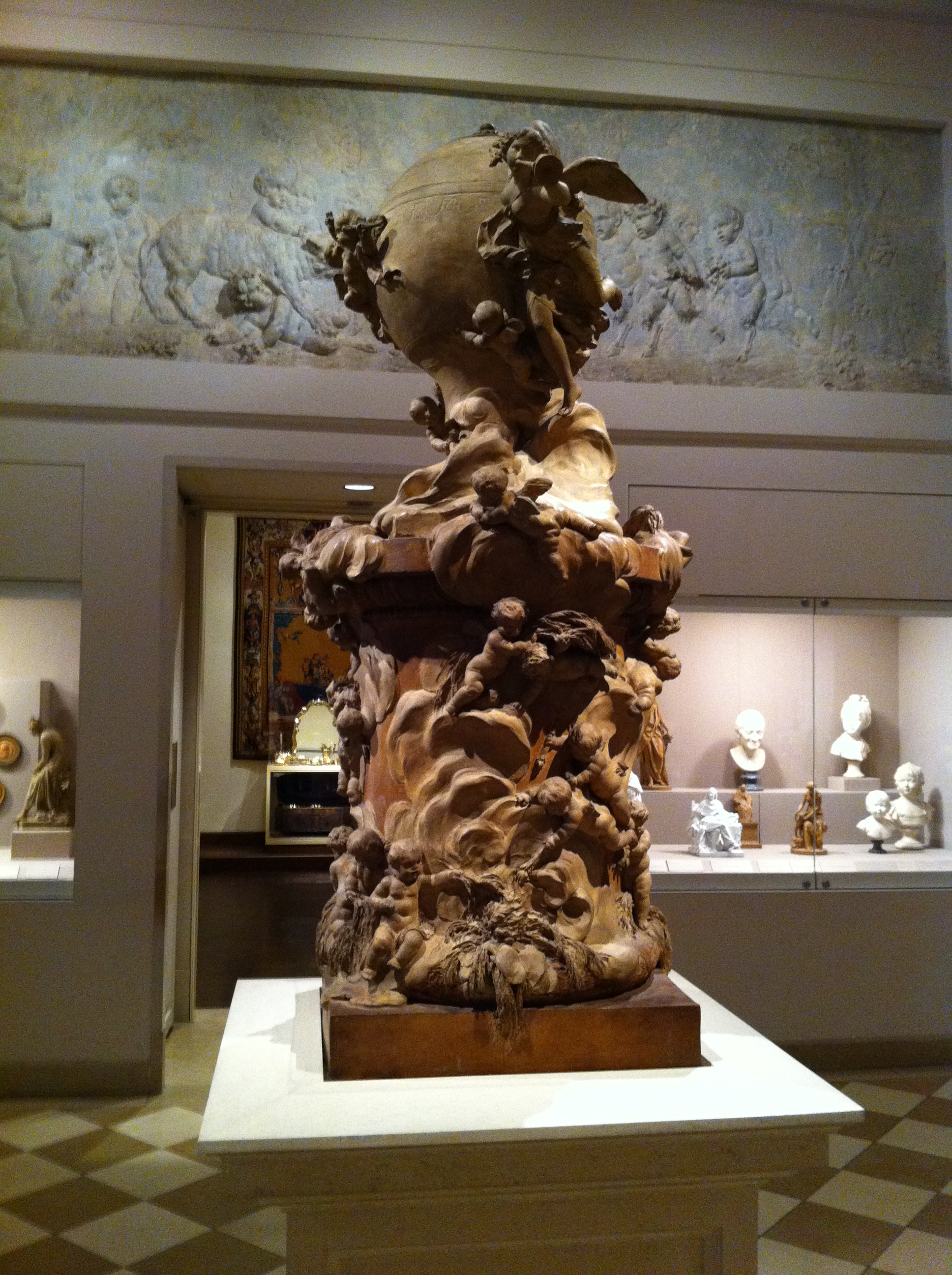I've had the good fortune of enjoying many day trips into New York City's museums, but I've always wondered how they function as non-profit organizations. I know the major revenue generated by museums is comprised of large private endowments, visitor donations, grants for public institutions, and special fund raider parties. But it's got to be very expensive to upkeep a building like the Metropolitan Museum of Art.
Some quick back of the envelop estimation lends me to believe the MET takes on $300,000 dollar per week from visitor donations alone*. That yields revenue of $15 million per year. On top of that small amount add cafeterias and gift shops with high margins, and supercharge that revenue with large donations from wealthy private supporters, fund raisers that boost the endowment fund, member fees, and investment returns on the endowment fund. I suspect the MET has $200-220 million dollars each year in revenue to operate or add to its fund.
An article from 2009 describes one third of the museum's operating budget comes from the endowment fund, and places staff levels at 2200 (full and part time). Given the employee head count we can estimate a cost in salaries and benefits at approximately $100-150 million. Assuming a reasonable cost for building upkeep gives us a cost of doing business is $200+ million dollars per year which is in the same ballpark as revenue, which we'd expect for a non-profit.
One interesting takeaway from the speculation (and 2009 article) is that on boon investment years the museum can operate at a much higher level due to the extraordinary value generated from it's endowment fund which is somewhere between $2-3 billion dollars.
Notes:
*= Assuming 10k visitors per day on the weekends and 2k visitors per week day (low balling that guess) and each donating on average $10 (more for adults, less for folks short on cash).

